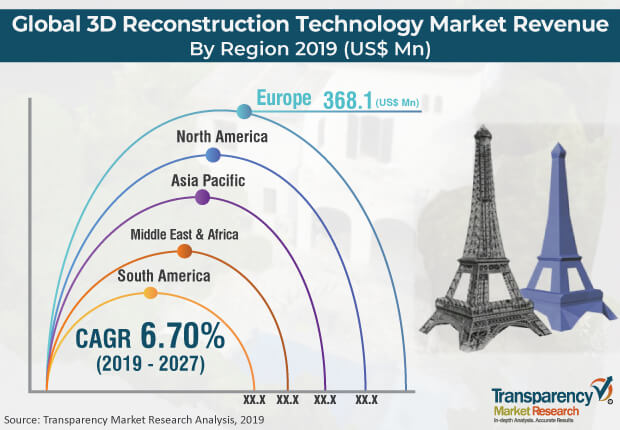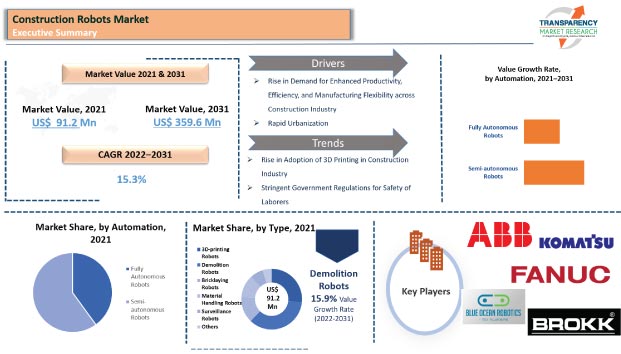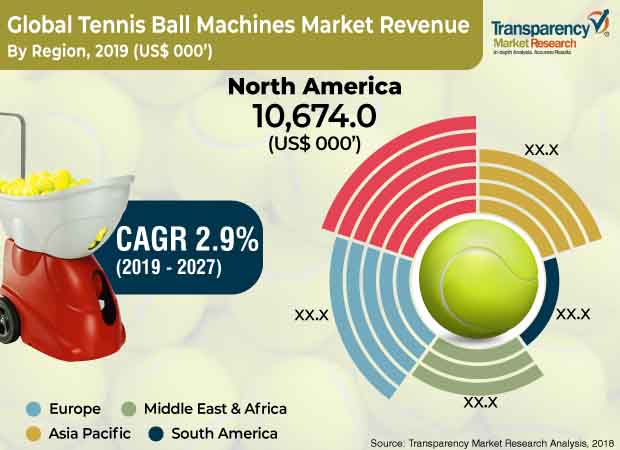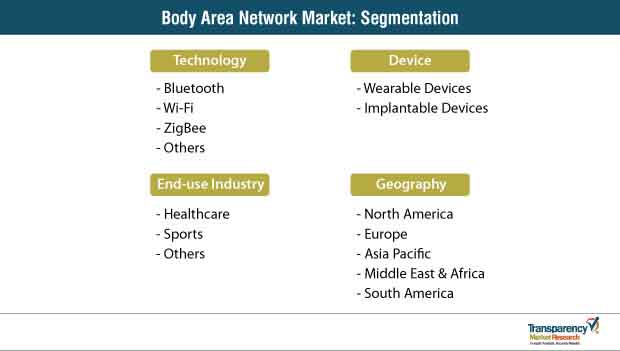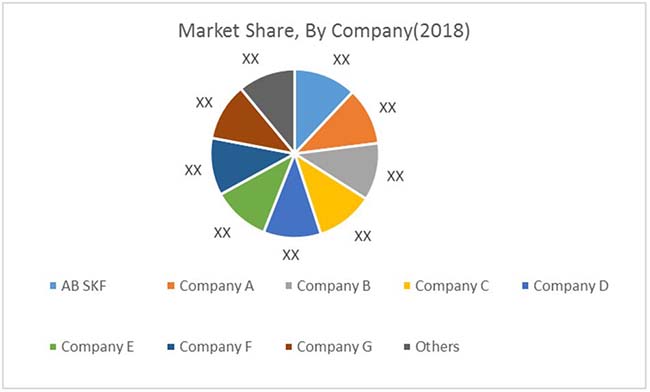The completion in the global cellular interception market is eminently high owing to the presence of several prominent players, states an upcoming report by Transparency Market Research (TMR). The competition in the cellular interception market is expected to intensify further with increase in number of players. The players in the cellular interception market is relying of organic growth strategies in order to stay ahead in the market. Some of the prominent players operating in the global cellular interception market are ADS Group, Axiom Technologies Pvt. Ltd., HSS Development, NovoQuad, Inc., and Shoghi Communications Ltd.
The global cellular interception market is anticipated to rise at a healthy 5.8% CAGR during the forecast period that is from 2016 to 2027. Rising at this pace, the global cellular interception market is projected to surpass a revenue of US$978.3 mn by the end of 2027.
On the basis of geography, North America is expected to dominate the cellular interception market during the forecast period. This is mainly due to the stringent law enforcement by law makers and military in the region. Based on components, segmented is anticipated to register a highest growth rate by the end of forecast period.

Unprecedented Rise in Urbanization to Boost Market Growth
The global cellular interception market is expected to rise at a significant pace in the coming few years. This is mainly due to the substantial rise in criminal activities across the globe. Along with this, rapid growth in urbanization has given a push to the widespread deployment of telecommunication systems. This is expected to increase the demand for cellular interception, thus playing in pivotal role in massive expansion of the global market.
Rise in cyber-crimes and other criminal activities across the globe is increasing the demand for cellular interception. That is one prominent reason behind the remarkable increase in the global cellular interception market in the upcoming years.
In addition to this, ability of cellular interception device to record the communication and show the exact location of the communication devices is another factor anticipated to fuel the global cellular interception market.
Stringent Law Enforcement to Restrict Criminal Activities to Boost Market’s Prospects
In the last few year, there have been a significant increase in the demand for satellite communication owing to several benefits offered by satellite based communication. Cellular interception is primarily based in the satellite communication. This is a prominent factor expected to drive the global cellular interception market in the upcoming years.
Along with this, the local law makers and federal law enforcing agencies are widely adopting cellular interception device in order to combat with local crimes and several organized crimes. Further, strict regulation on the telecom service providers by international provider in order to establish lawful service between user and network provider. This is forcing telecom service provider to turn towards simpler and easier mode of communication. Thus expected to fuel growth in the cellular interception market in the coming few years.
Despite several drivers, growth in the cellular interception market is likely to hamper due to development of communication technologies. Nevertheless, surge in adoption of technologies such as 4G and LTE is a prominent factor expected to boost the global cellular interception market in the coming few years.
The information is taken from report titled, “Cellular Interception Market (Technology – CDMA, GSM, 3G/4G/LTE, Satellite, Hybrid; Component – Hardware, Software; System Type – Strategic Interception System, Tactical Interception System; Application – Public Sector, Private Sector) – Global Industry Analysis, Size, Share, Growth, Trends, and Forecast 2018 – 2026.”
